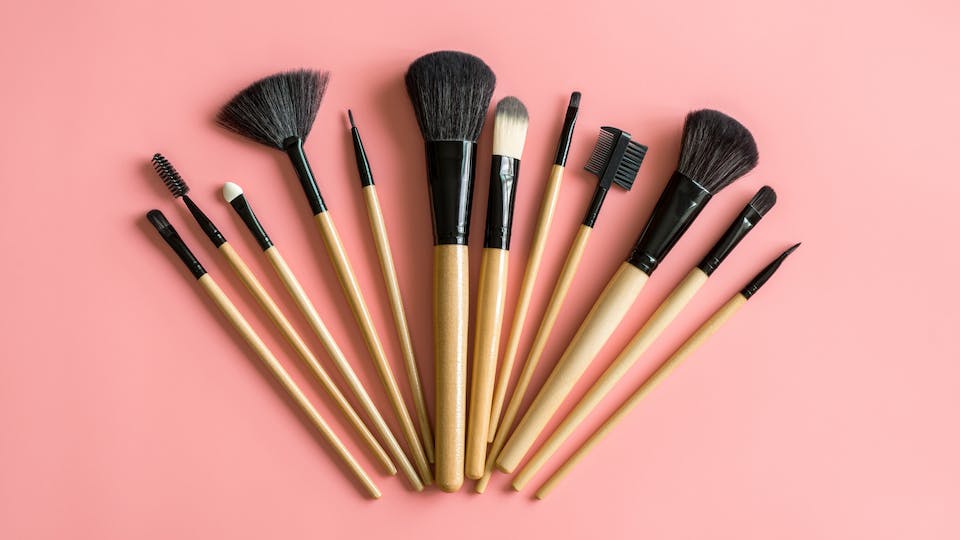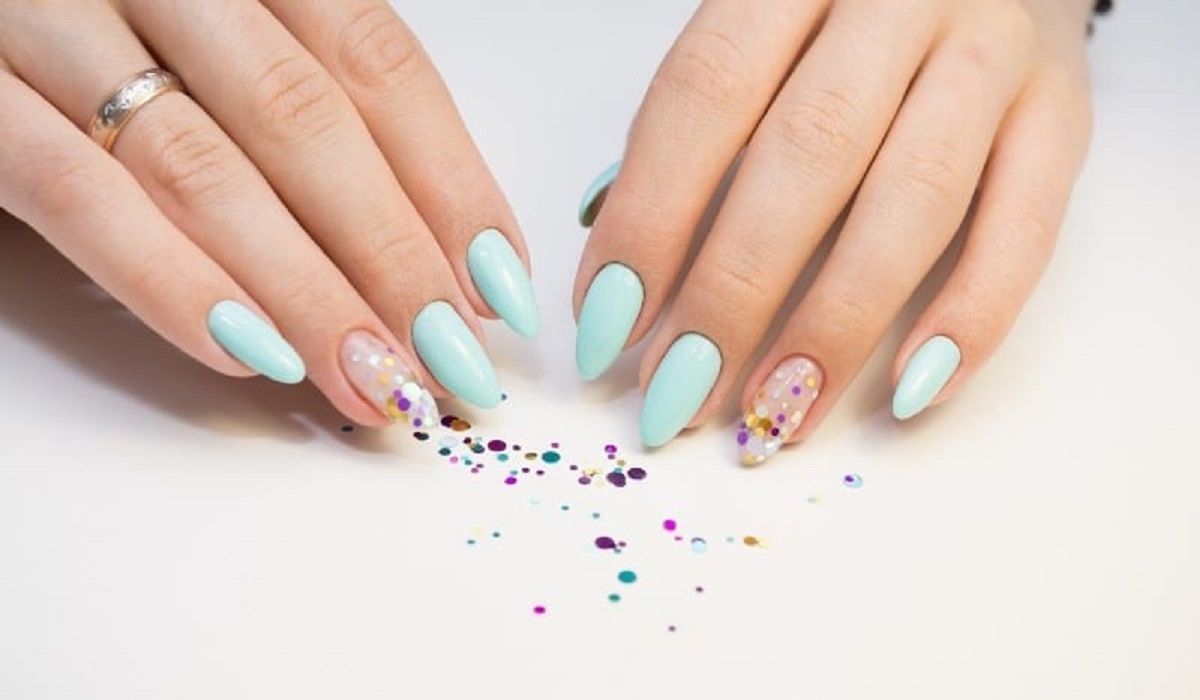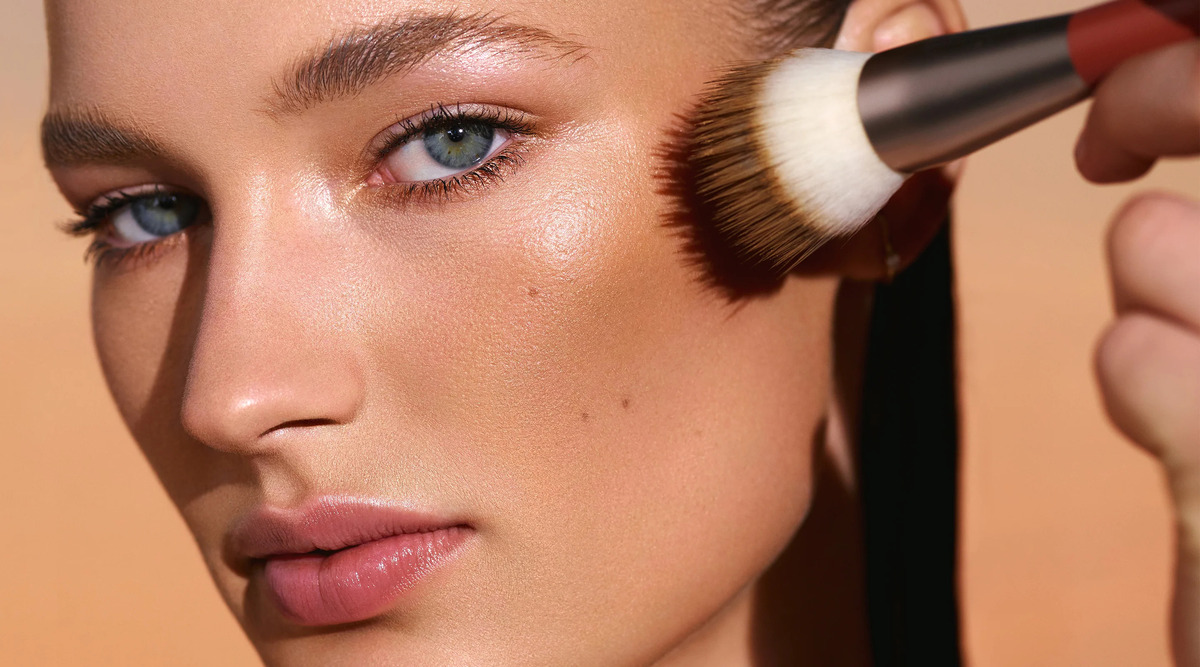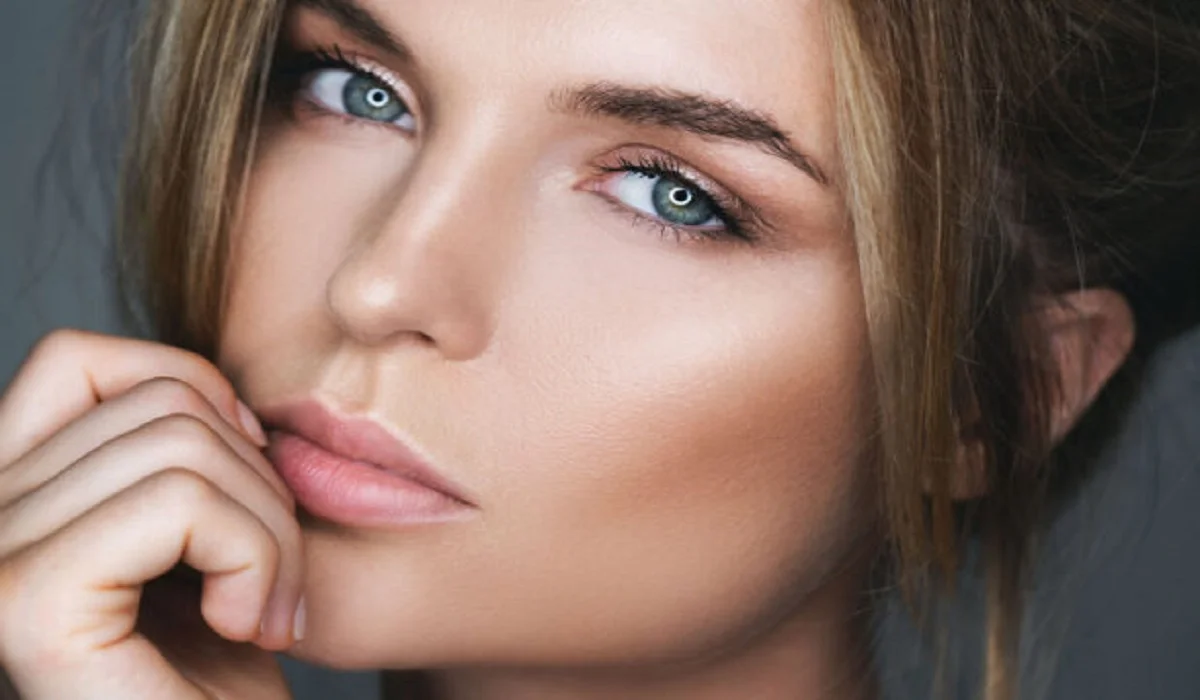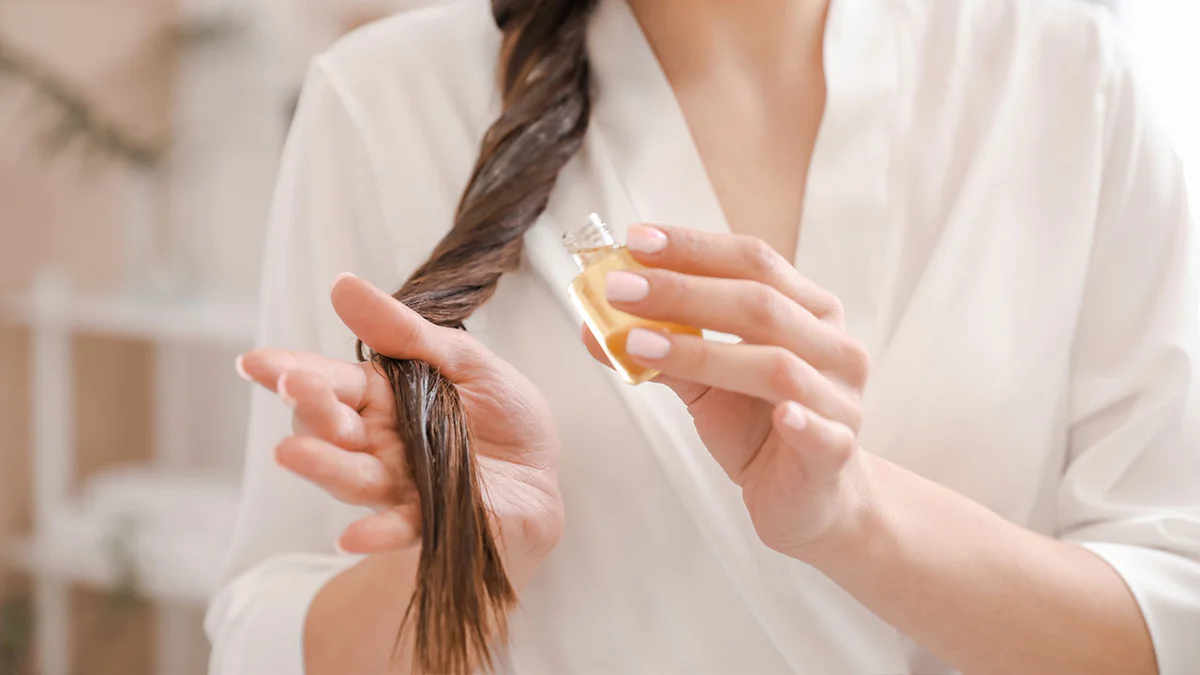Children are facing an increasing amount of pressure to maintain a skincare routine, and dermatologists are growing anxious about the potential risks and health ramifications. This article offers a comprehensive rundown of the trend, as well as an overview of the reasons experts are growing more concerned about its implications for children.

The Changing Face of the Beauty Industry
The beauty industry has transitioned to target a younger audience, and there is an influx of products being marketed to children. As a result, more and more children are becoming users of skincare products, and dermatologists are raising concerns about the dangers of early adoption. However, it’s vital that these dangers are fully understood, as a child’s skin is fundamentally different and more sensitive than an adult’s.
The Market for Children’s Skincare
In recent years, the market for skincare products for children has expanded dramatically, with numerous brands offering ranges dedicated to a younger audience. This boom is largely the result of a turn in focus towards skin health, as well as aggressive marketing aimed at both parents and youngsters.
Why Children’s Skin is Different
Children’s skin is different from adults’ skin: It’s more delicate, more susceptible to irritation, and takes longer to form its own protective barrier. That’s because children’s skin has a different composition, is thinner, and performs its barrier function differently than adult skin, causing it to be more susceptible to moisture loss and external damage from harsh skincare ingredients.
The Dangers of Early Skincare Adoption
Using skincare in kids could pose a number of risks to skin condition, allergy development, and overall health. A number of ingredients can disrupt skin development, create allergies, or cause long-term health issues, making caution and knowledge two powerful skincare choices for children.
Common Harmful Ingredients in Children’s Skincare
Beware of the alarming chemicals housed in many skincare products for kids, including synthetic fragrance, parabens, and sulfates, because they can be harsh on young skin.
Expert Dermatologists’ Warnings
What do dermatologists think of the increasing phenomenon of kids using skincare products?Read their take on protecting sensitive, youthful skin.
Alternatives to Traditional Skincare for Children
Skip the chemicals and opt for the naturals in children’s skincare. Ingredients to look for, contain, and avoid as well as the brand leading the way in gentle, non-toxic children skincare.

How Parents and Guardians Can Help
Ultimately, parents and guardians are responsible for overseeing and guiding their children’s skincare routines. Here are some considerations that can help ensure that the products used on kids are safe, appropriate, and beneficial to their skin health.
Choosing Safe Skincare Products for Kids
Selecting safe kids skincare products is no easy task. This portion of the article gives an overview of how parents can approach product selections, including latching onto ingredient lists, looking for particular certifications, and seeking out dermatologist-recommended options.
The Psychological Impact of Early Beauty Standards
Introducing kids to skincare and beauty standards at a young age can lead to some significant psychological outcomes. This section examines what steering youth into beauty routines can do to their self-esteem and body image and how it’s establishing unhealthy standards in children.
The Environmental Impact of Skincare Products
In addition to the health concerns, one of the other noteworthy elements of the skincare industry are its environmental implications. This will take a closer look at how children’s skincare products are leaving their environmental footprints from the time they’re made to when they’re disposed.
Case Studies: Adverse Reactions in Children
Several real-life examples of children’s adverse reactions to skincare products really help to drill home the potential that these things have to go wrong. They show why it’s important for parents to be on their game and making informed decisions about what they put on their kids.
Regulatory Perspective on Skincare for Children
This looks at the laws and regulations that currently exist around children’s skincare products, as well as checks and balances in place to protect this young consumer.
Creating A Healthy Skincare Routine For Children
Learning to create a healthy skincare routine needn’t be overwhelming or unsafe; this portion offers direction on creating a safe and effective regime that’s as simple as it is healthy for the skin.
The Future Of Children’s Skincare
Finally, what’s to come in the future of skin care for children; exploring innovation, trends, and future trends in the children’s skincare industry, and how what’s known, and what’s demanded by consumers will shape the products offered.
FAQs On Children’s Skincare And Safety
This final portion looks at some of the most commonly asked questions and concerns parents have in regard to children’s skincare and answers them with a strong understanding of what’s currently know about children’s skin and what hier bodies need to grow and thrive.
The children’s skincare trend offers both potential benefits and pitfalls. It is important to keep young skin healthy, but the judgement to proceed with a child’s skincare program needs to be exercised with care and attention to the health of the child. With clear information and expert advice, is it possible that effective skincare — not harmful — could be a healthy habit to establish for the children in our lives?

